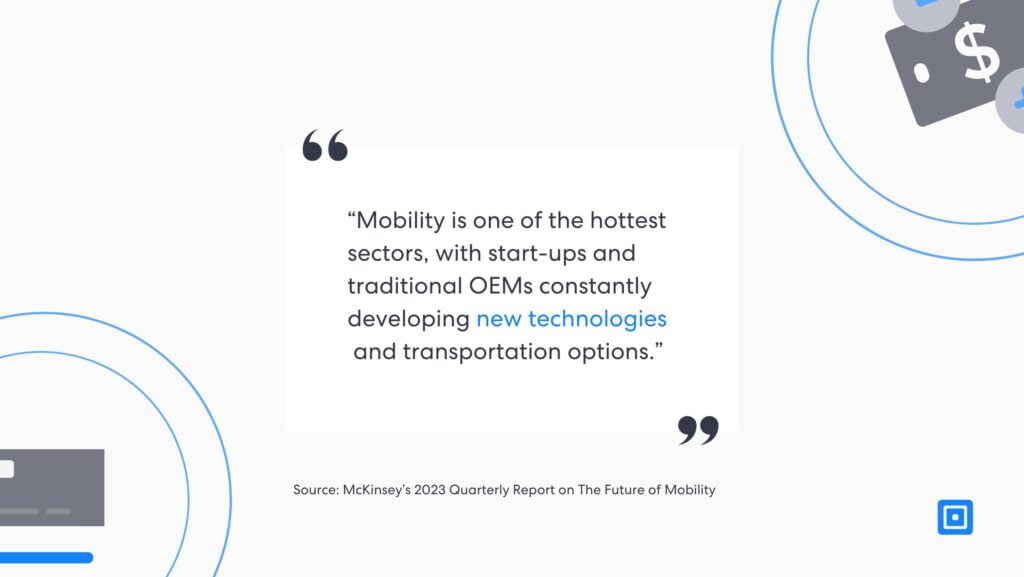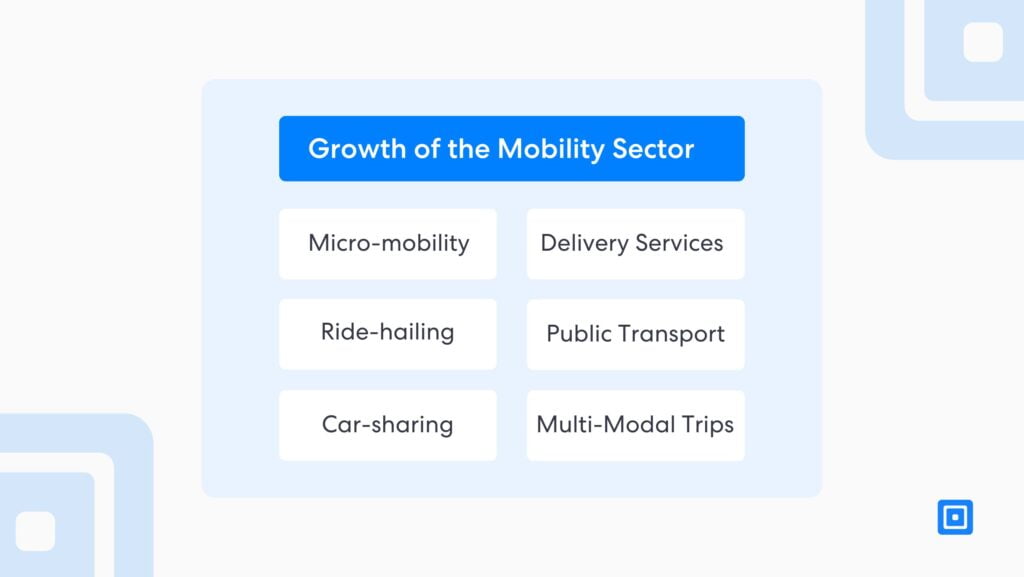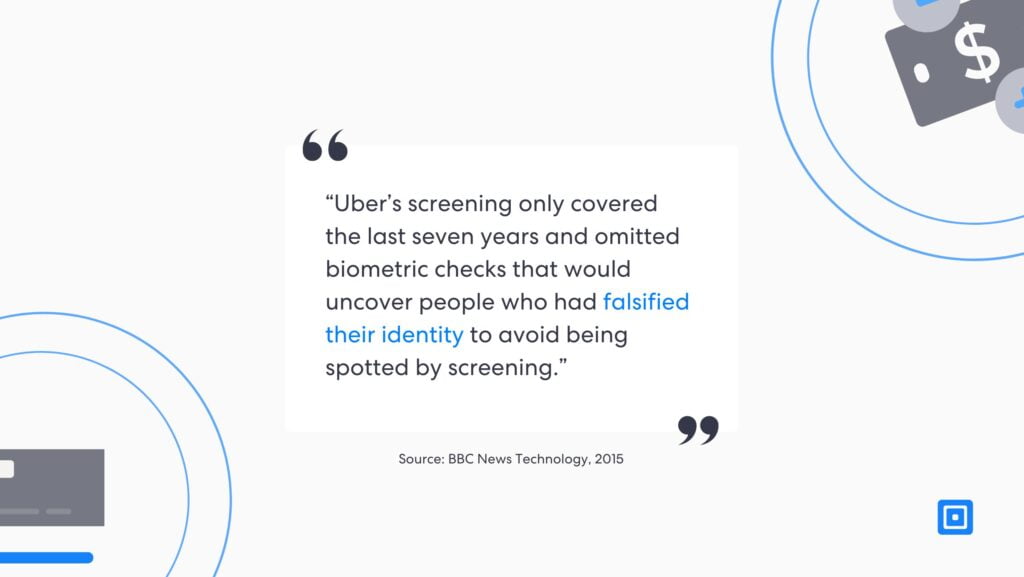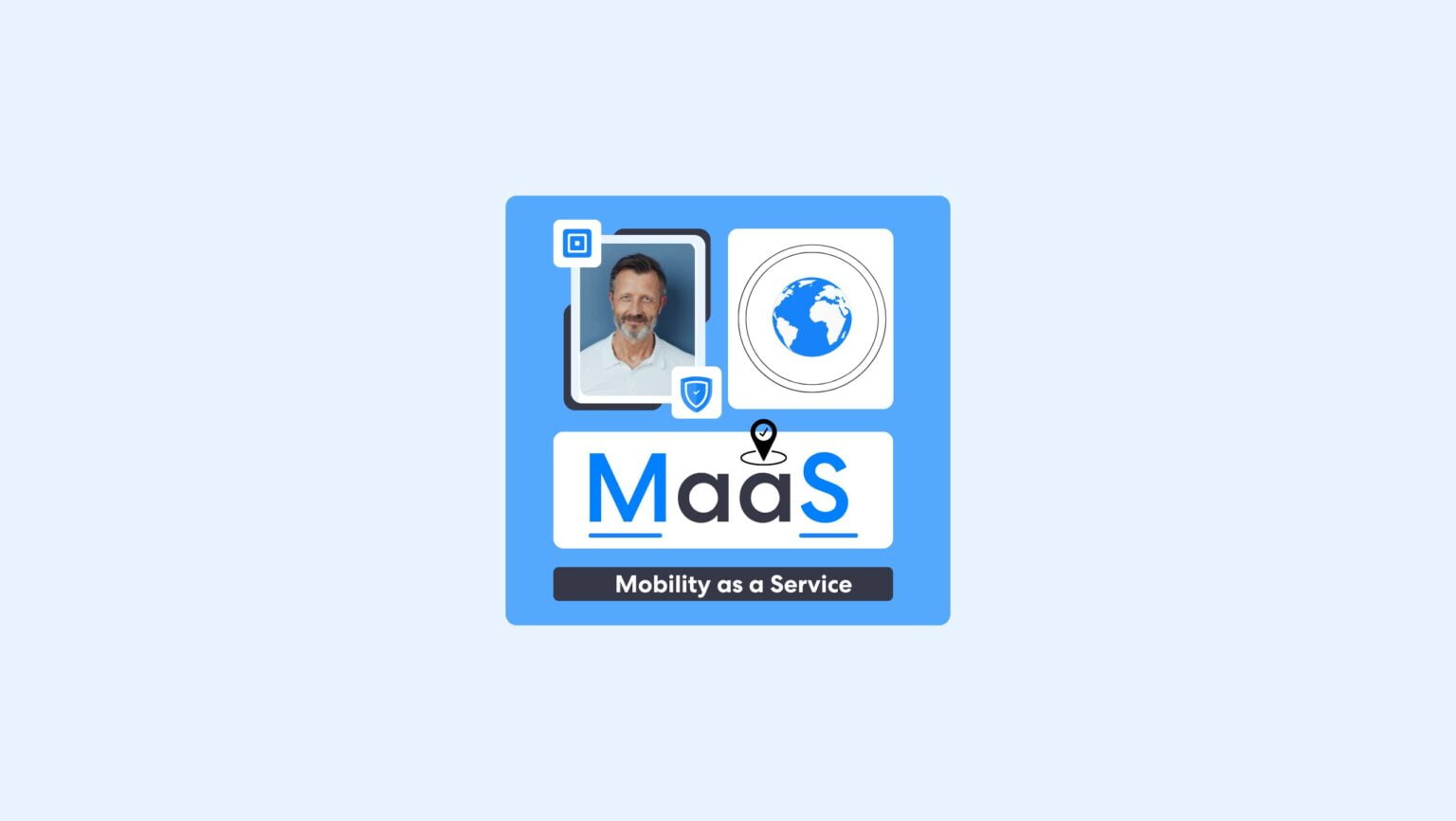The convenience offered to society by quick delivery and ride-hailing platforms such as Uber has become an integral part of modern-day life, with all kinds of goods and services being brought to our doorstep. Everything is only one tap away, but we fail to recognize what underpins these societal comforts – a robust and ever-growing Mobility as a Service sector. With the growth of every sector comes an adjustment period in which safety and security must be considered to support scaling operations.
The mobility sector is no different, having drastically increased since the COVID-19 pandemic, in which the delivery of food and goods became essential. Consumer behaviors continue to migrate towards a very digital path, one of convenience, as we can hail a taxi or order our weekly shop with a few taps. In light of this, businesses must implement the necessary measures to safeguard these scaling operations, including critical security measures such as driver screening and driver’s license verification.
Growth of the Mobility Sector
McKinsey’s 2023 quarterly report on the future of mobility highlighted the sector as one of the most innovative, with drastic growth on the horizon. The report looks forward to forecasts for 2035, outlining the industry’s current growth trend. It states,
“Mobility is one of the hottest sectors, with start-ups and traditional OEMs constantly developing new technologies and transportation options.”

Some of the key growing trends in mobility include:
Micro-mobility solutions (e-scooters and e-bikes): Micro-mobility solutions are certainly a great example of innovation within the sector, with businesses such as Bird and Lime leading the charge in electric scooter sharing. eBikes have also gained popularity, with VanMoof and Cowboy merging electric bikes with smart technology.
The global market value of micro-mobility was valued at approximately $3.4 billion in 2022 and is projected to reach $6.1 billion by 2027, growing at a compound annual growth rate (CAGR) of 12.5% from 2022 to 2027.
Ride-hailing and ride-sharing services: Businesses like Uber and Lyft have led the growth of the ride-hailing service market, with people having become heavily reliant on these services in their daily lives. In just 2023, Uber generated $37.2 billion in revenue, an impressive 16% year-on-year increase. The demand for time-saving, convenient transportation and the ever-rising cost of owning a vehicle encourage the growth of these services.
The global ridesharing market is estimated at USD 47.62 billion in 2024 and is expected to reach $89.99 billion by 2029.
Car-sharing services: Car-sharing services like Zipcar and Car2Go are also popular alternatives to owning a car, as they provide flexible vehicle access. IMARC Group expects the market to reach US $23.3 billion by 2032, exhibiting a growth rate (CAGR) of 12.3% from 2024 to 2032.

The Regulatory Landscape
As the MaaS industry continues to develop and evolve, so must the regulations in place to uphold safety and security standards. Driver verification is needed to ensure the safety of passengers and other road users and to comply with regulations. For example, in the UK, the mobility sector faces substantial regulations to help safeguard passengers, with Transport for London (TFL) requiring thorough background screenings for all taxi drivers within the city.
Similar regulations exist in the US, including the Federal Motor Carrier Safety Administration (FMCSA), which regulates the trucking industry and checks driver qualifications and background checks. The Transportation Network Company (TNC) mandates different regulations in each state to dictate specific rules for ride-sharing companies such as Uber or Lyft, including background checks and vehicle inspections. Many more national and international regulatory standards exist for the mobility industry, which must be met to ensure high safety standards.
Uber Case Study
In 2015, a BBC news article highlighted that Uber’s driver background checks were simply “not good enough”, as the MaaS giant was accused of not doing their part to verify these drivers and ensure the safety of passengers. The piece echoes the words of George Gascon, district attorney in San Fransisco, stating,
Uber’s screening only covered the last seven years and omitted biometric checks that would uncover people who had falsified their identity to avoid being spotted by screening.
The piece revealed that many of Uber’s drivers did have criminal backgrounds, with several having criminal backgrounds of substantial offenses, which were not flagged in the driver verification process. Gascon also noted that Uber’s data relied upon was not comprehensive.

The Future Of Mobility is Verified
Driver verification is an important next step in the future of Mobility-as-a-Service. Verification needs to be streamlined with accurate, efficient checks, such as:
- Document Checks: Verifying the validity of their driving license and any other essential government-issued documentation.
- Biometric Identity Checks: These checks ensure that the driver is who they claim to be. They use a biometric facial recognition engine to examine biometric data from a provided selfie and compare it with government-issued documentation.
- DBS Checks: Running a background check on whether drivers have committed criminal offenses.
- Agency Checks: The competency of drivers can be corroborated with intergartions to the DVLA (UK) and AAMVA (US) integration. This provides critical data points on drivers.
Driver Verification and MaaS Solutions with ComplyCube
ComplyCube offers market-leading driver verification checks, including integration with the DVLA in the United Kingdom and AAMVA in the United States. This allows for extremely comprehensive identity verification, document validation, and background checks on drivers.
Their comprehensive driver verification and competency checks for the Mobility as a Service (MaaS) sector feature integrations with the Driver and Vehicle Licensing Agency (DVLA) in the UK and with the American Association of Motor Vehicle Administrators (AAMVA) in the US.
Get in touch with one of their compliance experts for more information.



